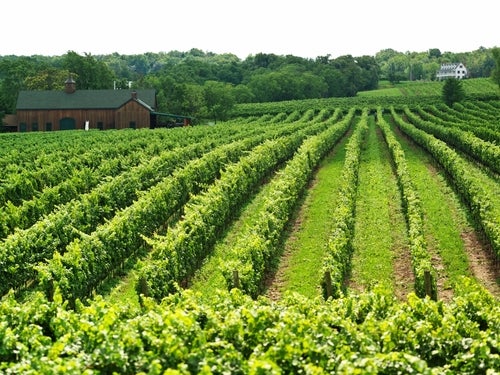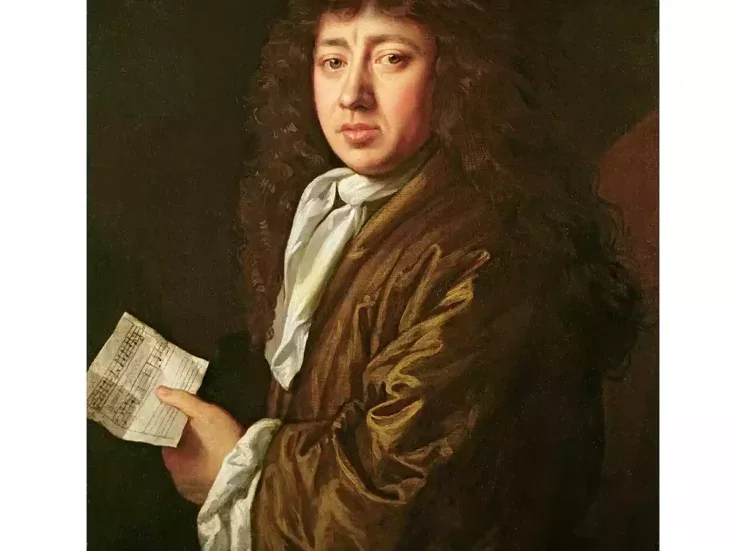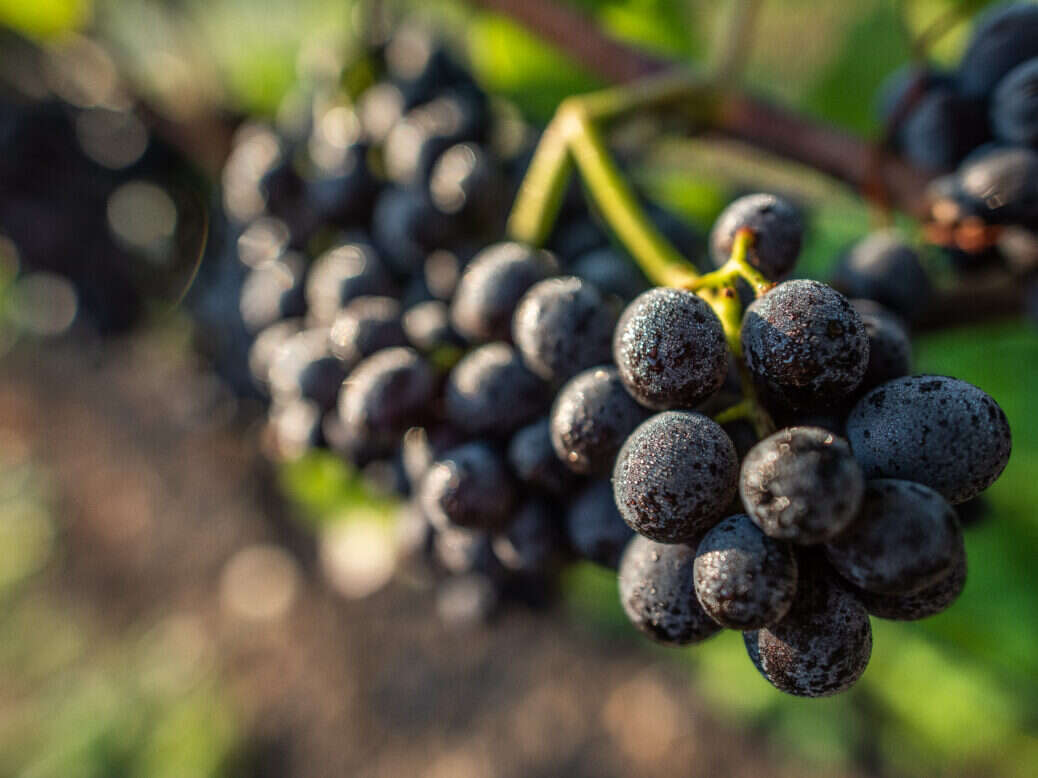
The World of Fine Wine has published dozens of articles on Pinot Noir over the past 20 years, a period during which Pinot Noir’s status as perhaps the world’s most revered red grape variety has only become more entrenched. To mark International Pinot Noir Day, which falls on 18 August each year, we have drawn together some of our favorite articles on Pinot Noir published on worldoffinewine.com. Research by Eleanor McNeill.
By decree: The Duke of Burgundy’s 14th-century AOC
In 2023, Rod Philips looked at Philip the Bold’s 1391 ordinance that Gamay vines should not be planted in Burgundy, examining the political and economic reasons behind it, its legacy for modern wine appellations, and its role in crafting Burgundy’s reputation as the foremost Pinot Noir producer in the world.
“It was Pinot Noir that was used to make the wines—variously known as vin de Bourgogne, vin de Beaune, and vin de Dijon—that became so popular among the rich and powerful in the 1300s. They were prized not only for their quality but also because they were scarce: Pinot Noir yields at the time were far lower than the maximum yields permitted today, and in years of poor weather there might be no wine, or virtually none, at all.
As for Gamay, it was widely planted in the south of the Duchy of Burgundy, notably in the Mâconnais, as well as in nearby Beaujolais (which was not part of the duchy) and the area around Lyon. Gamay wines were quite well known in Beaune by the 1360s, and Gamay plantings seem to have moved north from that time, reaching the area around Dijon (Chenôve, Marsannay-la-Côte, and Couchey) in the early 1390s, about the time of Philip’s ordinance.
But Pinot Noir was regarded as the superior variety by far, and we would expect the dukes of Burgundy to have supported its successes in bringing not only honor and fame but also revenue to their duchy.”
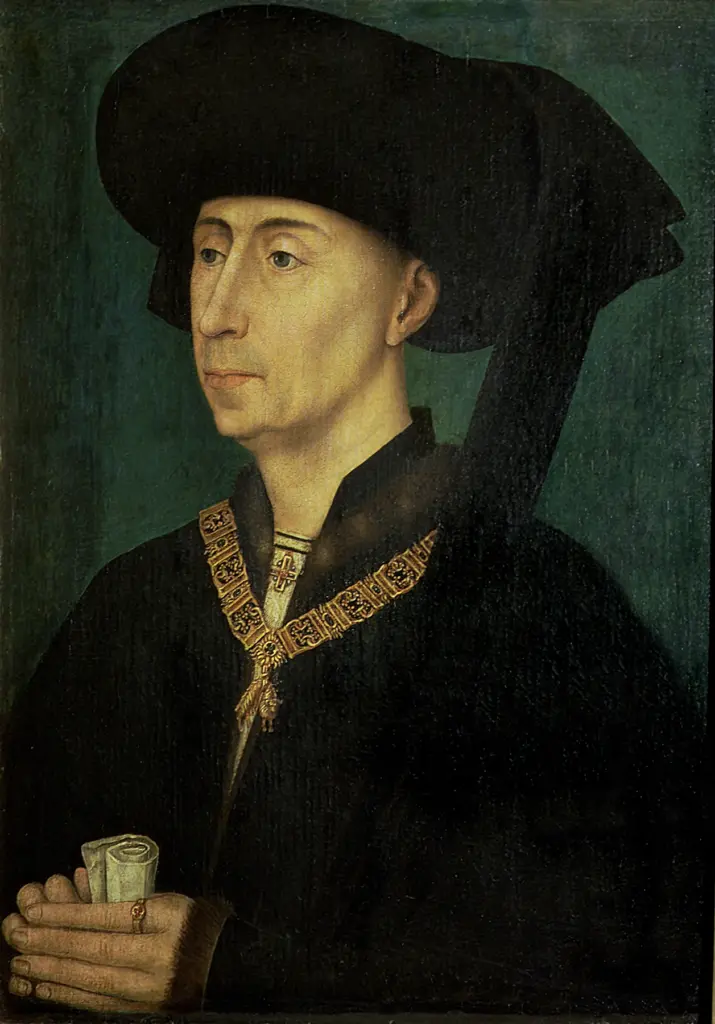
The golden age of Burgundy?
After a 40-year career of offering expertise in Burgundy wine, Jasper Morris MW in 2018 took a look back at the recent history of the region and its wines, including of course Pinot Noir, and speculated as to its future.
“The 1980s saw the start of a revolution that has brought about the golden age of Burgundy. We will get to the technical aspects of this later, but it all began with the people. Prior to this time, the vast majority of Burgundy seen on the export markets came from the leading merchant houses—I remember an early visit to a major figure in Beaune who told me firmly, “Monsieur, in Burgundy we are four: ourselves, Jadot, Drouhin, and Bouchard.” There were also some useful cooperatives for inexpensive wine and a limited number of top domaines, one or two in each of the best-known villages. The trade in Burgundy was becoming fossilized, with the marketing centered on the region’s glorious past and its historic pageantry.”
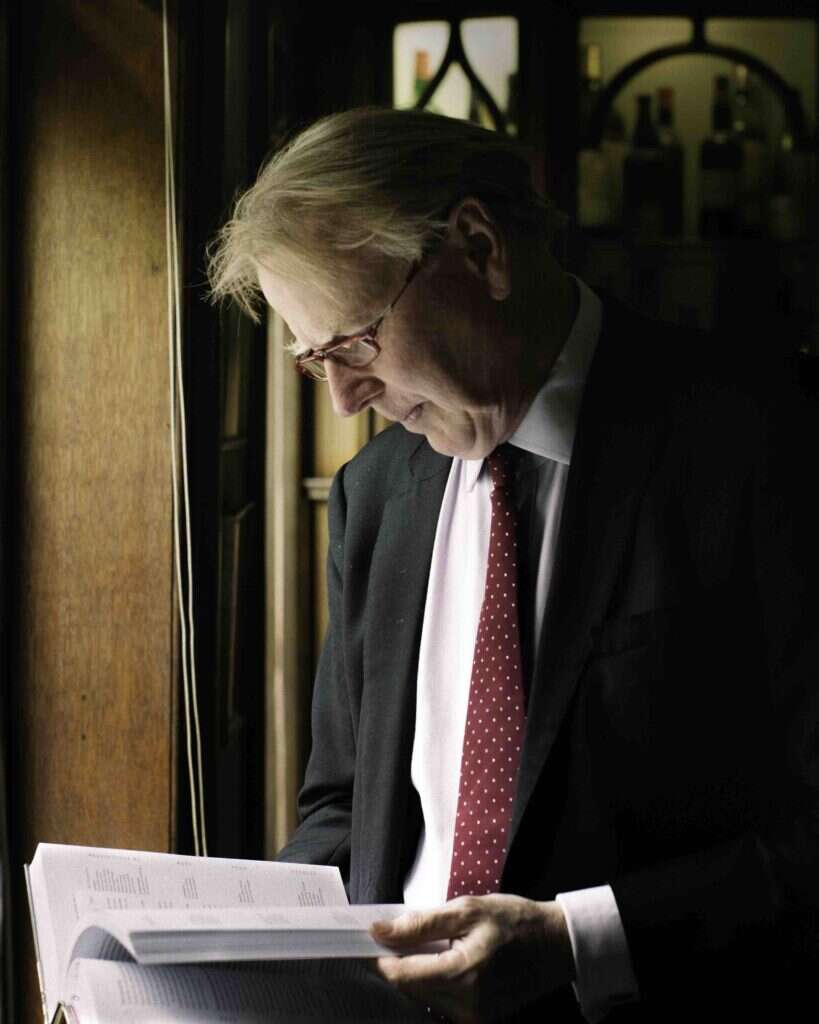
Clos des Lambrays 1923–2023: Lengths and breadths of time and all-time highs
Earlier this year, Neil Beckett reported on an awe-inspiring, century-spanning tasting of the domaine’s Pinot Noir that made a compelling case for Clos des Lambrays as one of the five top grands crus of the Côte d’Or.
“Burgundy is history. No French wine region is more steeped in it. But even there—in the dukedom that, for much of the later Middle Ages, was well in advance of the kingdom of France, as the land of Bernard of Clairvaux and Cîteaux, of Philip the Bold and Philip the Good, Claus Sluter and Rogier van der Weyden, the Hospices de Beaune and de Nuits—perhaps no domaine, no vineyard has a longer and stronger historical thread running through it, for more than seven and a half centuries, than Clos des Lambrays. The thread may occasionally have worn thin, and for long periods disappeared entirely into the fading Burgundian tapestry, which has itself changed, often dramatically, over that time. But all those changes merely serve to highlight the constancy of the essential features of this very special climat as expressed through its wines: its clear identity, its complete integrity, its extraordinary longevity, and its exhilarating quality.”
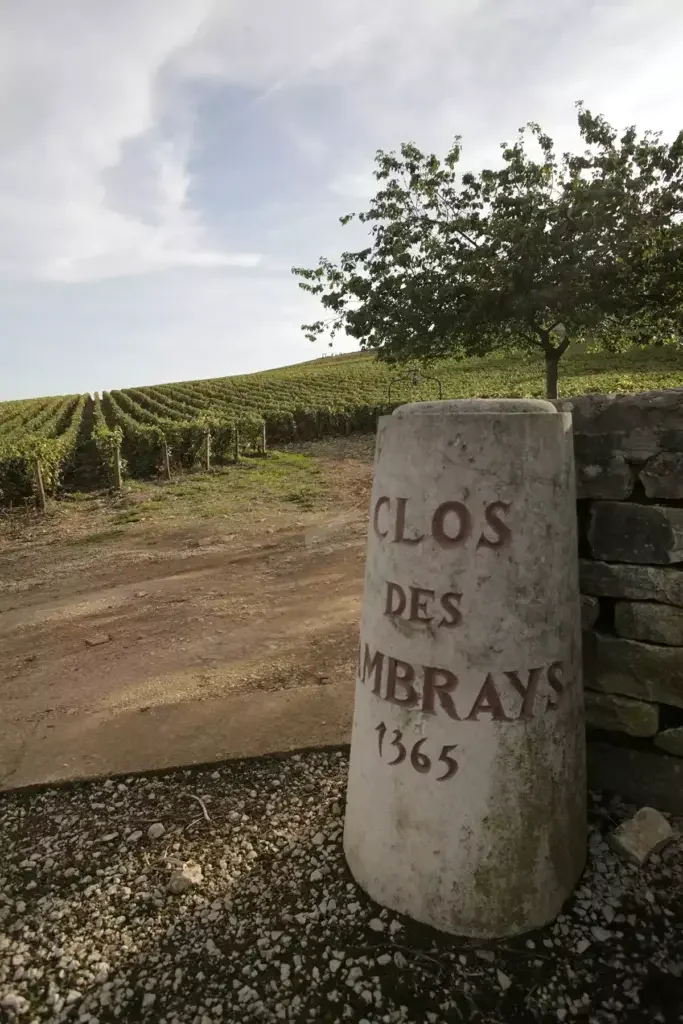
2022 Burgundy: Harmony born of an easy season
After a disappointing vintage in 2021, our Burgundy correspondent, Sarah Marsh MW, had better news to report about 2022, a year in which a hot summer and an early harvest colluded to produce Pinot Noir of beautiful elegance and expression.
“The style of 2022 red brings together the fruit, aroma, and tannin of a warm season with the freshness, moderate body, and alcohol of a classic cooler year. It’s predominantly a red-fruit vintage, with expressive floral notes and ripe tannins. The acidity is not high, but the impression is crisp and refreshing. The style is quite consistent across the Côte d’Or, although I was particularly impressed with the elegance of the reds from the Côte de Nuits, which combine good intensity of fruit with a light touch and fine texture. Have tasted Burgundy over the past 20 vintages from barrel, I have rarely found wine from the Côte de Nuits to be so appealing in October a year following the harvest.”
A deep dive into the Pinot gene pool
in WFW67 (March 2020), Anne Kebiehl MW explored some of the exciting developments in research into Pinot Noir clones in Burgundy and Champagne.
“Looks can be deceiving—especially when it comes to Pinot Noir genetics. Straggly bunches often bring forth superior fruit; the scrawniest, most millerandé are prized for their complexity of flavor, favorable pulp:skin ratio, and tannin structure. Their variable and ultra-low yield, however, is not something every grower relishes. Only a handful of growers will plant such a selection, known as Burgundian très fin, and then only in vineyards where these attributes make sense. Many, especially outside Burgundy, prefer the relative predictability and stability of a mono-clonal planting, as the worldwide success of certain clones shows. A previous report (“Cracking the Clonal Code,” WFW 55, pp.112–19) traced their genesis. Developed after the pan-European catastrophe that was phylloxera, clonal selection initially focused on yield stability. Later, parameters like color, ripening, and disease resistance gained importance, and finally organoleptic properties and wine structure were also taken into account, as was sanitation and the propagation of virus-free material. Now, however, climate change has put a whole new spin on the selection game; early ripening is no longer the positive trait it once was, while previously frowned-upon high-acid genes now hold fresh possibility. Yet even before this became as crucially apparent as it is now, clonal selection had evolved.”
Krug Clos d’Ambonnay 1995
In WFW19 in 2008, Neil Beckett reported on the lavish launch of Champagne Krug’s Clos d’Ambonnay 1995—a single-plot tribute to Pinot Noir to match the house’s Clos du Mesnil Chardonnay.
“A flat ‘garden plot’ of only 0.685ha (1.69 acres)—one third the size of Clos du Mesnil—Clos d’Ambonnay represents what Rémi calls “individuality in the extreme.” Like the other Krug wines, it is fermented in small, old oak barrels, and in overall quality and style there is a strong family resemblance (a point on which Rémi keenly sought reassurance).
“But despite being Krug kith and kin, the character of the wine from this chalky, shallow soil is indeed highly individual. Others in the family may be more complete, mature, rounded, sophisticated, or scintillating, but for sheer force of personality and natural talent, this may be the most remarkable. This, of course, is (or at least should be) the raison d’être of all such mono-parcel wines.
“As with all great bottles, attempting to convey the experience is, like Goneril’s alleged love for Lear, “More than words can wield the matter.” But at the risk of the words proving as worthless as hers, this was still an astonishingly pale gold for a 12-year-old wine, with an exceptionally fine mousse for a Blanc de Noirs. As savored in the middle of the vineyard, the bouquet boasted remarkable complexity and purity (a classic Krug paradox), as well as a distinctive, earthy, very noble savagery, as far removed from the all-Pinot cart-horse as a wild stallion. There were fleeting scents of anise, almond croissant, candied fruits, acacia honey, and fleurs blanches, turning to dried apricots and licorice with time in the glass, if one could resist the temptation.”

Hamilton Russell Pinot Noir 1981–2021: A true expression of heaven on earth
Pinot Noir has made great strides in South Africa in recent years, most notably in the cooler climates of the country’s far southern coastal regions. Two years ago, Sarah Marsh MW reviewed the “exceptionally good” Pinot Noir wines of Hamilton Russell Vineyards at its base behind the fishing village of Hermanus in the Hemel-en–Aarde Valley.
“Hamilton Russell’s reputation for making wine in a Burgundian style is something I recall from visiting the estate in the late 1990s. I was on the hunt for New World Pinot Noir that wasn’t all about the variety.
“The problem with Pinot Noir from the New World in the ’90s was a brash varietal fruitiness, lack of dimension, and an overriding impression of sweetness, whereas Hamilton Russell wines showed a step toward something more restrained and structured, fresh and energetic. They had something besides fruit—the beginning of a terroir expression, perhaps?”
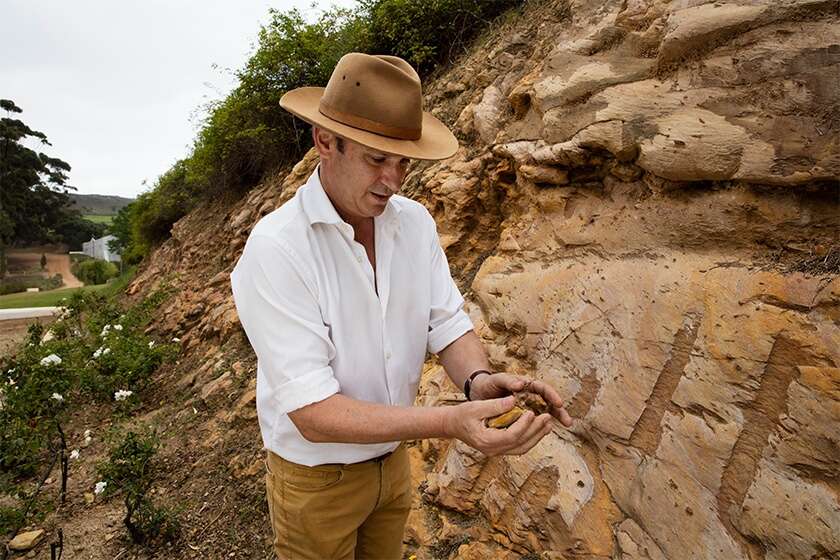
One Bottle: 2016 Domaine de Villaine Bouzeron: Locked-down glory
In 2020, with the world thrown into the unknown, Andrew Jefford found solace in wine. In particular, in Domaine de Villaine Bouzeron 2016 Pinot Noir. His beautiful article on it is not just a review, but an ode to wine and its restorative power.
“Wine, along with birdsong, is our chief consolation now. Turn on the radio and out tumbles tragedy: lives concluded too soon, and in perplexing solitude; businesses sent sprawling; the active rendered idle, lonely, poor, and anxious. We mark time, live on our reserves, while those whose business is health exhaust their own, working on the edge, risking all. Wine has never seemed more superfluous as an edifice, a vast palace of fussiness; yet its essence, as not just a physical but a psychological or spiritual restorative, has never been more useful. Much and sometimes all of the customary texture of life has been stripped away, so we treasure that which fortifies resolve—like a glass of wine at day’s end. Wine, for the time being, has gone elemental.”
Müller-Catoir: A new language for Spätburgunder
In 2022, Terry Theise explored the latest releases from Müller-Catoir, one of the finest German exponents of Pinot Noir, (aka Spätburgunder) with an overview of the great Pfalz estate’s genre-changing reds.
Müller-Catoir Haardt Spätburgunder 2020 +
“This is the village-wine from Haardt, which is officially a suburb of Neustadt. You’ll have heard of its prominent sites Bürgergarten, Herrenletten and Herzog.
“We have a limpid cherry color but no dearth of ripeness (13.5%) and I doubt that Franzen chaptalized it. Given his general wish to micro-pixilate flavors, the precision of the PN fruit aromas won’t shock you. Nor will the lack (if ‘lack’ it is) of opulence or flirtatious elements.
“Yet the palate will surprise you with its silken sensuality and with a fruit-sweetness that’s nearly adorable. An open texture suggests the use of barrels—I’d guess large ones (1,000 liters) and I’d also guess they are not well-used. The diligent clarity is almost caricaturized from the Jancis glass, from which a mintyness and smoke arise, feinting toward Blaufränkisch. (It’s said that mature Blaufränkisch starts to resemble Pinot Noir, so this isn’t as far fetched as it may seem.)
“The wine is sophisticated but not aloof; it’s both impressive and enticing, a kind of elemental PN, full of complexity. At the end there’s a salty, almost limestony grip guided by a jot of crushed stones and tannin and even dried flowers. I’m sitting here not quite able to believe, or even to understand, how good this is.”
Pinot Noir in Canada: A patchwork of styles and successes
Despite its reputation as a difficult grape to grow, Pinot Noir has proved remarkably versatile in Canada, with good quality examples emerging from contrasting conditions in each of the country’s regions, said Rod Phillips in 2023.
“Pinot Noir is one of the few grape varieties that is grown in all of Canada’s wine regions, with their vastly diverse climatic conditions. It is planted in British Columbia’s warm, dry southern Okanagan Valley and in the province’s cooler, wetter, coastal areas; in cool-climate Ontario, including a somewhat warmer island sub-appellation lying on the same latitude as northern California; in cold-climate Quebec, where vines must be buried in winter; and in the cool, maritime conditions of Nova Scotia on the Atlantic coast.
“Pinot Noir is also gaining ground, literally, in emerging wine regions that were long considered too cold for quality vinifera viticulture but are now becoming viable, largely because of climate change. They include newly minted northern appellations in British Columbia; around Ottawa, the national capital, and in areas 125 miles (200km) north of Niagara Peninsula, in Ontario; and in all of Quebec.”

